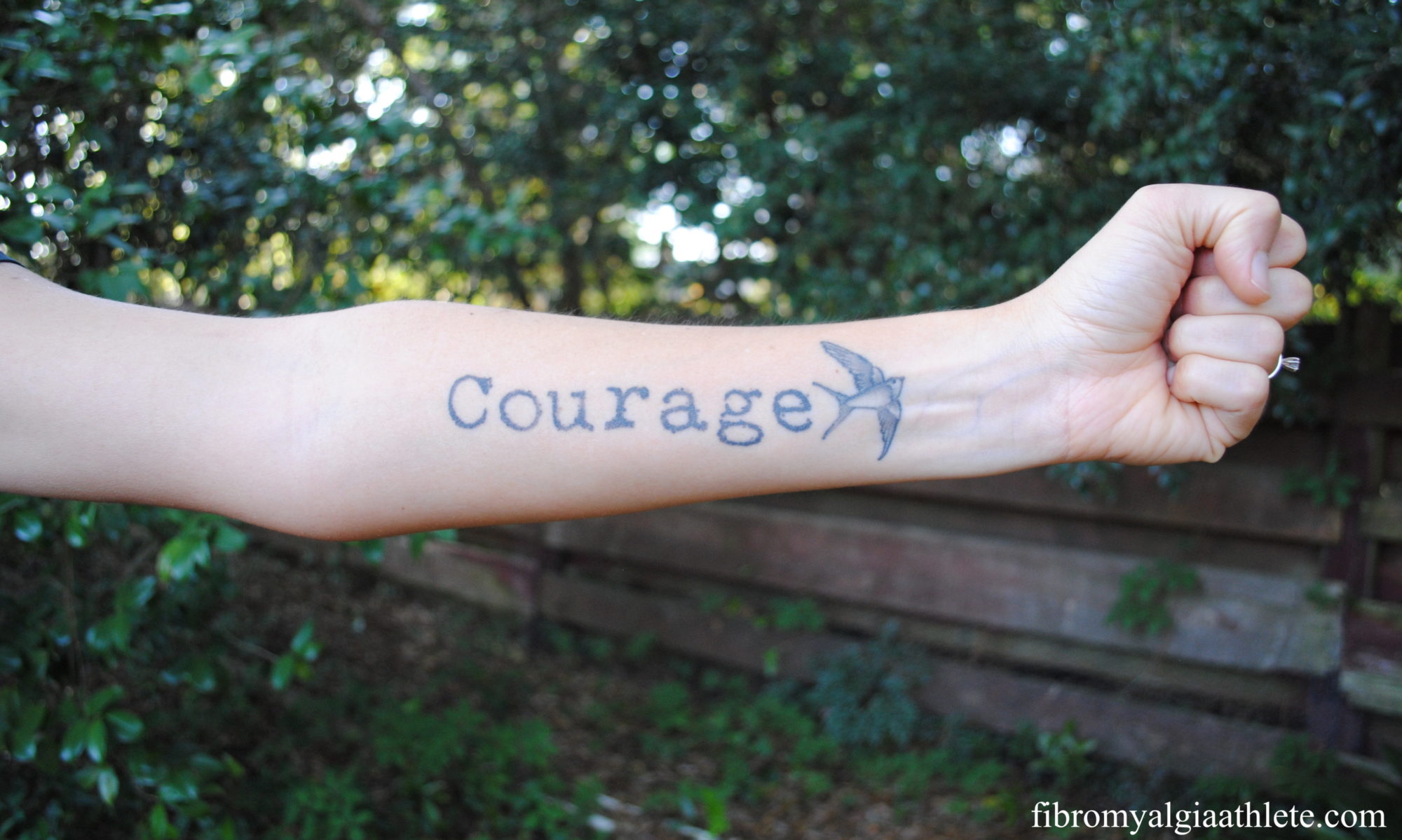I’ve always been bothered by the bones that stick out on the outsides of my forefeet, but I didn’t know until recently that I have what’s technically called “tailor’s bunions.” What that means for me is trouble finding comfortable shoes. Wide shoes are too wide throughout, and regular shoes put pressure on the tailor’s bunions and make my feet hurt. I’ve even gone so far as to use a scalpel to excise a bothersome piece of rubber from a pair of running shoes to allow my bones to spread out instead of feel bound in pain.

I’ve been a big fan of Altra shoes lately, although they’re still not wide enough for me in the tailor’s bunion area. They have soft, stretchy mesh in the forefoot though, which allows my feet to push out to their required width. Since my muscle spasms have been so bad in my right hip, I haven’t been able to run in two months. I’ve been walking a lot, and Altras don’t do it for me as walking shoes. Their zero-drop platforms work well with my running style, but I’m a slow, heel-toe walker and prefer traditional running shoes for walking.
I spent an hour this morning trying on shoes from Asics and Brooks, and finally stumbled upon the Brooks Ghost 7. I hate buying the latest model of anything because it’s always marked up so much, but the Ghost 7 is superior to everything else I tried. The toe box isn’t nearly as rounded and wide as a pair of Altras, but the area near my tailor’s bunions doesn’t have a bunch of stiff overlays, so my feet can push the mesh out and relax. Sold!
Normally I wear a size 8.5, but I opted for a 9 in the Ghost. My feet are probably bigger than usual since it’s July in Florida and I’ve been walking a lot, and the 9 felt just right. I can’t wait to start putting some miles on my new shoes. They feel surprisingly light for traditional (not minimalist) running shoes, and I’ve read that they weight around 9 ounces. The heel offset is 11mm, but I don’t feel awkward in them like some shoes with big offsets. I really like that the heel collar is well-padded and covered in what feels like non-abrasive fabric. The color—“blue/eclipse/lime”—is not something I would design in a perfect world, but it’s not hideous. There are other color options, but my local running store only carries blue.
As far as the outsole goes, I’m glad to see full-length rubber. I don’t like the trend of leaving rubber off the soles in order to save weight and provide flexibility. If I’m wearing shoes, I want them to last a long time. If I want to feel the ground more, I’ll take off my shoes. I also like the Ghost’s lack of plastic plating on the sole. The hard, smooth plastic that connects the heel to the forefoot on some shoes is dangerous. I’ve slipped on the edge of a curb and slid along a fence because of that plastic. The Ghost looks like it uses a pretty thick dose of rubber on the outsole, so I hope this pair lasts for many hundreds of miles. I’ll update this post or write a new one after I’ve put a bit of distance on my new pair of Brooks Ghost 7!





